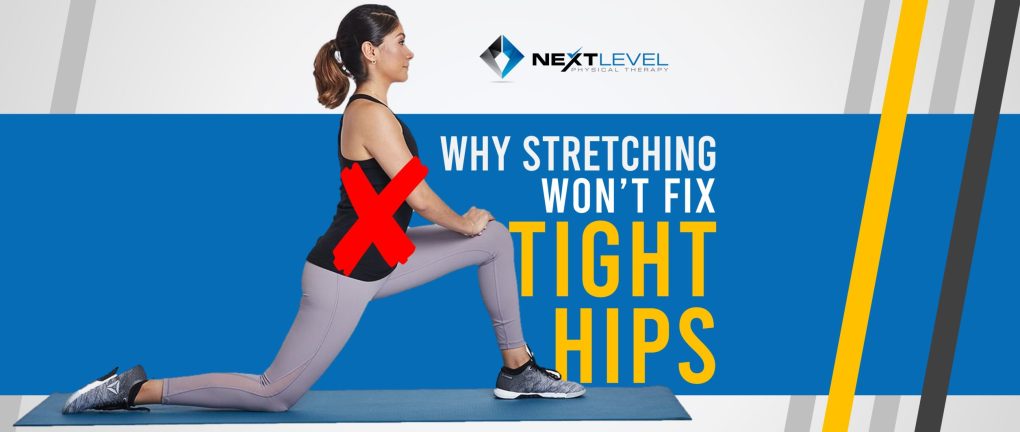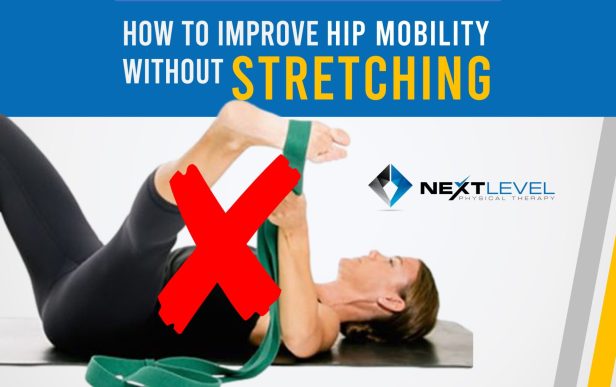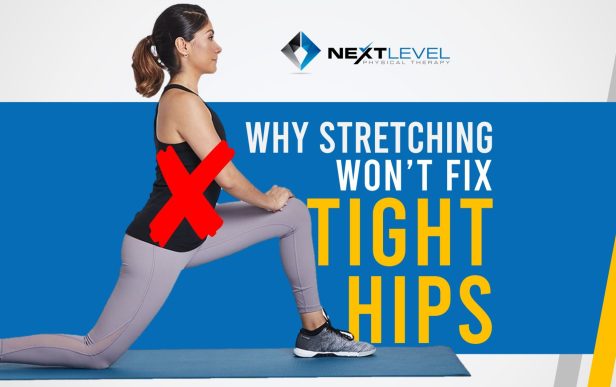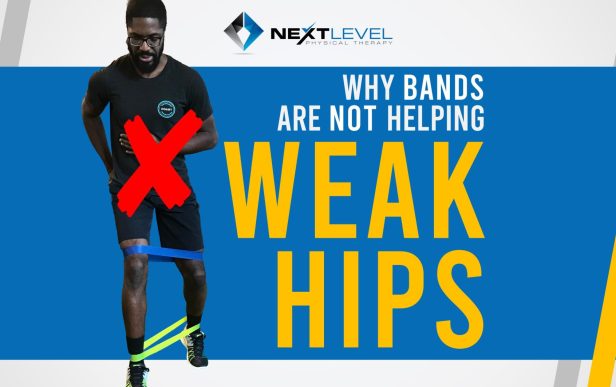Author: Dr. Colin Butler, DPT, ATC
“My hip flexors are always so tight.”
“I always stretch but my hips just feel stiff again later.”
“My foam roller is my best friend, why aren’t my hips more flexible?”
Stiffness or feelings of tightness around the hips are one of the most frequently described problems that I hear from friends, family, and patients. Stretching is also what most of these people describing their hip muscle tightness tell me that they need to do more of.
At first glance it seems like stretching makes sense to do. Something feels tight, getting a good stretch seems to scratch the itch of that tight sensation, I need to do more of it!
But what if that’s an incomplete view of what is happening?
All these statements and questions have something in common: the methods being used aren’t addressing what is driving the issue.
To begin to understand what better strategies are for addressing this, it’s important to appreciate how muscles do their jobs to create movement.
Kinesiology 101 – What’s the Job of Our Muscles?
Muscles are attached to tendons, which are then attached to our bones. Muscles are simple – when they contract, they squeeze and change their shape to shorten, flatten, and compress.
When they are not contracted, they are relatively more lengthened, and expanded than their compressed state.
It’s important to note what terms are missing there – tightness. Muscles can’t be tight – they can be relatively more compressed or expanded, squeezing or not, changing their behavior in part by the positions that their attachments are in.

Let’s use an example of this to help build some clarity on how the positions of the bones that muscles are attached to can drive muscle behavior. In the diagram above, you’ll see the large muscle Psoas Major. This is your largest hip flexor, and what’s called a “biarticulate muscle” because it runs from your lower back, across the pelvis, down to your femur. That is relevant because, if we are thinking about bony positions that can affect muscular behavior, we now must consider the position of the spine, pelvis, and hip bone itself.
Now, let’s consider a position that would drive psoas major to be more shortened, or compressed. If you glance down at figure 2, a lower back and pelvis that is oriented towards the front side of your body like this would absolutely bring the two attachments of psoas major closer together, making it have more leverage to be shortened, or to contract.
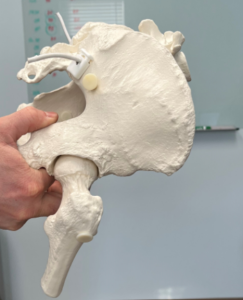
One of the most common ways I see people attempt to reduce their front of the hip or hip flexor tension is by performing a movement that looks like the following:

The additions of my masterful neon yellow editing to this picture illustrate that this individual didn’t address the position of the lower back and pelvis in a way that would give their hip flexors a reason to be able to get into a more lengthened position. This actually reinforces the issue because it magnifies the lower back strategy moving the spinal attachment of psoas major closer to the femur attachment, simulating that muscle contracting.
While you might feel a stretching sensation in the front of your hip, what’s happening is the front of your hip joint is being pushed against the front most part of the hip capsule. Not getting your hip flexors into a lengthened or expanded position, just loading the front of your hip.
Clinically, we can usually skip these more stationary stretching movements all together, and use an activity like the Hooklying Two Arm Reach to address the position of all three of the regions that the psoas influences. I love this activity because it takes the spine away from traditional extension into a relatively flexed position, puts the pelvis into a relative posterior orientation to the spine, and starts to extend the hip. Hitting every aspect of joint position that influences the muscles we are trying to influence!
We can use the same principles in an activity like this Half Kneeling Cable Press to get the pelvis and hip into a position that would drive length in the bottom leg’s hip flexors, and use the pressing action to reinforce a lower and middle back position that will influence the upper parts of the psoas as well. While at the same time building fitness qualities and not spending extra time outside of your training to improve your mobility.
The takeaway is simple: muscles don’t get tight; tightness is a sensation. Muscles exist on a behavioral spectrum of relatively compressed to expanded based on the position of the bones that they are attached to. Want to more meaningfully get muscle behavior to change? Start respecting position and watch your efforts start to return major results.
